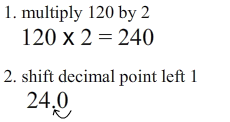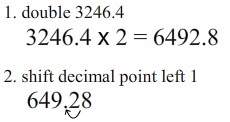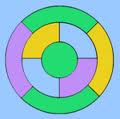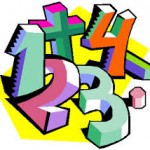
“You must be the change you wish to see in the world.” – Mahatma Ghandi
Here’s another new number sense puzzle. It’s pretty easy to explain and hopefully to understand. You’re given a start number and an end number. You have to “morph” the start number into the end number by using the provided operations and entering numbers. There are two rules.
1. digits can only be used once (at most)
2. order of operations is always left to right
Here’s an example:

You have to fill in the two “boxes” with numbers (1-digit or 2-digit numbers) so that the result equals 1. Remember, that digits can not be used more than once, so right away you know that “4” and “1” can not be in either of the two entered numbers. Below is the solution:

“4 x 2″ is 8 and then “8 – 7″ is 1. That’s all there is to it. Here are a few more puzzles to try:
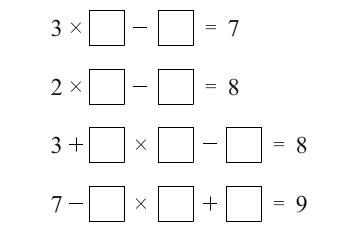
Good luck with the puzzles and pass them along to others who may enjoy them!



